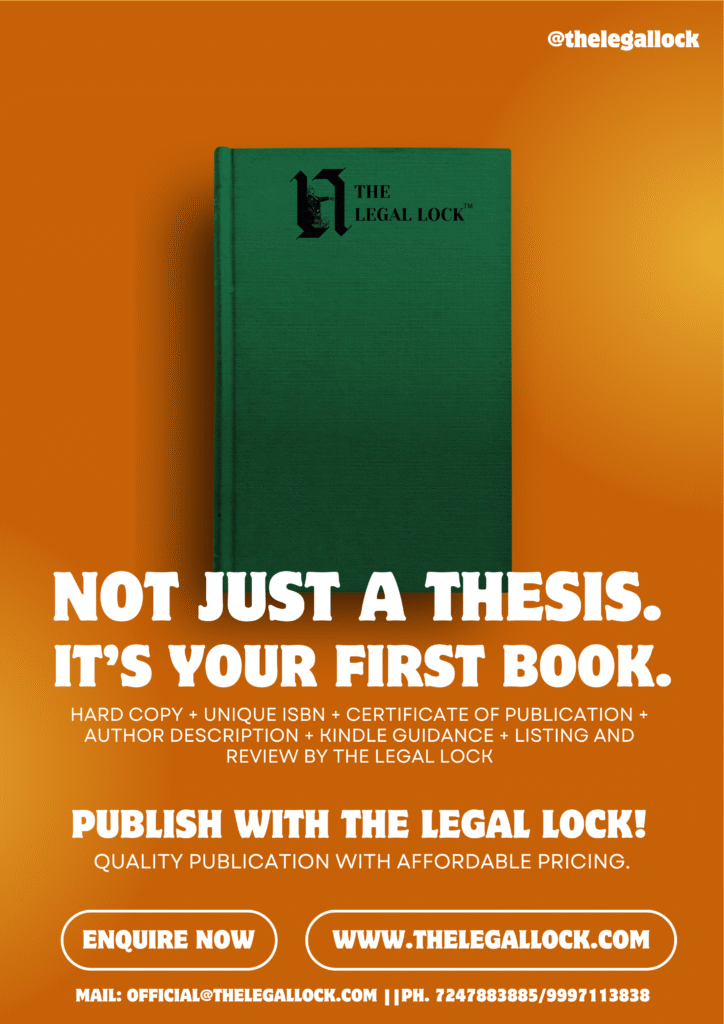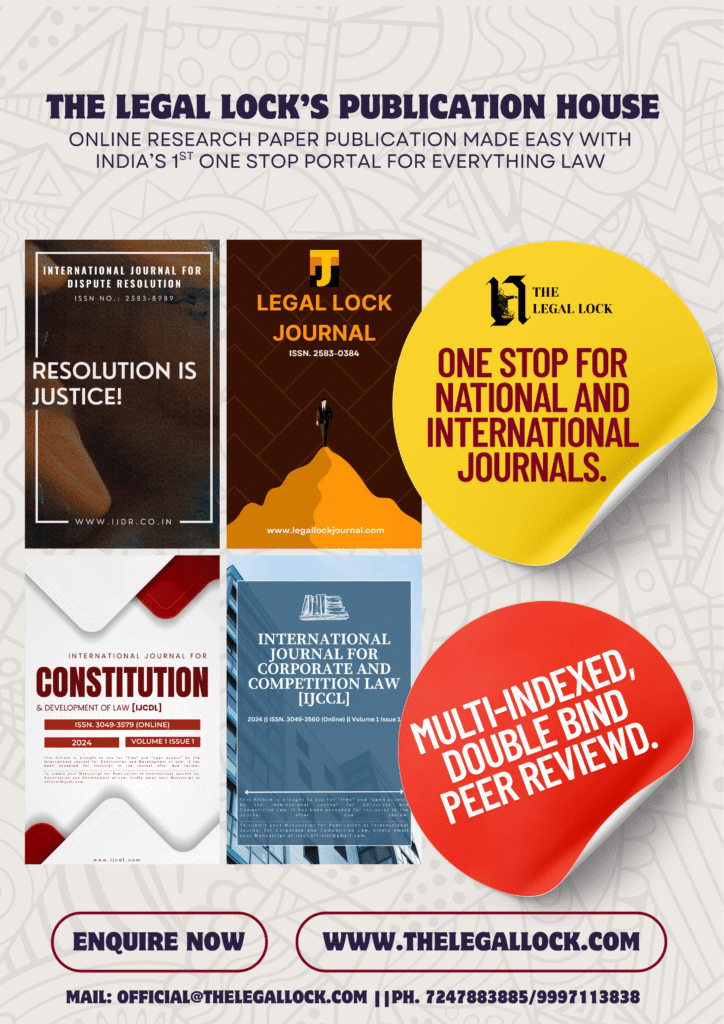CASE BRIEF: RADHE KRISHNA PRODUCTS AND ORS. VS. PARSHOTTAMBHAI DHARAMSHIBHAI LUNAGRIYA

| CASE NAME | Radhe Krishna Products and Ors. Vs. Parshottambhai Dharamshibhai Lunagriya |
| CITATION | MANU/GJ/1193/2014 |
| COURT | In the High Court of Gujarat at Ahmedabad |
| Bench | K.M. Thaker, J. |
| Date of Decision | 28 August, 2014 |
INTRODUCTION
The legal dispute between Radhe Krishna Products & Ors. and Parshottambhai Dharamshibhai Lunagriya represents a nuanced exploration of trademark law and civil procedure in India. At its core, the case delves into the complex terrain of intellectual property rights, specifically examining the boundaries of trademark protection and the procedural intricacies of filing multiple legal actions for alleged infringement.
The case emerges from the competitive landscape of the edible lime (chuna) processing and selling industry, where trademark usage and market reputation are critical competitive assets. What distinguishes this dispute is not merely a straightforward claim of trademark infringement, but a sophisticated legal challenge to the very mechanism of how such claims can be pursued through the judicial system. The plaintiff’s strategy of filing separate suits for different trademark uses by the same defendant raises fundamental questions about the interpretation of the cause of action, the principles of legal harassment, and the extent of protection afforded to prior trademark users.
By challenging the maintainability of multiple suits under different procedural provisions of the Civil Procedure Code, the case goes beyond a simple commercial dispute. It becomes a significant judicial examination of how Indian courts balance the protection of intellectual property rights with preventing potential procedural abuse. The Gujarat High Court’s deliberation on these issues provides a critical lens through which to understand the evolving jurisprudence of trademark law, offering insights into the delicate balance between protecting legitimate business interests and preventing unnecessary litigation.
FACTS
- Petitioner No. 1 (original defendant) has been in the business of processing and selling edible lime used in pan masala since 2006.
- The defendant has been using multiple marks including ‘Babu Chuna’, ‘Shree Bhole Bapa Parcel’, ‘Babu Parcel’, and ‘New Patel Parcel Chuna’.
- The respondent (original plaintiff) claims to be the prior user of the mark ‘Babu’ in relation to Chuna.
- In July 2012, the respondent filed the first suit for copyright infringement and passing off relating to the defendant’s mark ‘Bhole Bapa Parcel’.
- In September 2012, the petitioners filed a suit against the respondent for trademark infringement.
- During the pendency of the first suit, the respondents filed a second suit for trademark infringement specifically relating to the defendant’s mark ‘Babu Parcel’.
- The petitioners challenged the second suit as not maintainable under Order VII Rule 11(a) and (d) of the CPC.
ISSUES
- Whether the second suit is maintainable under Order VII Rule 11(a) of the CPC (non-disclosure of cause of action).
- Whether the second suit is barred under Order VII Rule 11(d) of the CPC.
- Whether the suits constitute multiple actions for the same cause of action under Order 2 Rule 2 of the CPC.
- Whether a plaintiff can claim both damages and account of profits in a trademark infringement suit.
ARGUMENTS
Petitioners’ Arguments:
- The second suit is not maintainable under Order VII Rule 11(a) due to lack of cause of action.
- The suit violates Order 2 Rule 2 by filing multiple suits for the same cause of action.
- The plaint is barred by law as it seeks both damages and account of profits.
- The suit is a composite suit that cannot be maintained.
Respondent’s Arguments:
- Each trademark use constitutes a separate cause of action.
- The suits involve different trademarks (‘Bhole Bapa Parcel’ and ‘Babu Parcel’).
- The plaintiff is entitled to file separate suits for different trademark uses.
- The plaint discloses a valid cause of action.
DECISION
The Gujarat High Court examined the procedural complexities of trademark litigation in this case, offering a comprehensive interpretation of the legal challenges presented by multiple suits. The Court conducted a meticulous analysis of the petitioners’ arguments, systematically addressing each procedural objection raised against the second suit. After carefully reviewing the plaint and the arguments presented, the Court rejected the petitioners’ attempts to quash the suit.
The Court’s decision fundamentally centered on the nature of cause of action in trademark disputes. It rejected the argument of non-disclosure of cause of action, finding that the plaint clearly articulated the plaintiff’s legal grounds. Critically, the Court distinguished between the two suits, ruling that they were based on different causes of action, as they related to different trademarks used by the defendant. This nuanced interpretation provided significant clarity on how courts should approach multiple suits involving similar but distinct trademark uses.
The ruling offered important procedural clarifications, particularly regarding the plaintiff’s right to seek relief. The Court held that a plaintiff can mention both damages and account of profits in the plaint but must ultimately choose between these remedies. Moreover, the Court emphasized that passing off creates a continuous cause of action, which cannot be invalidated under Order 2 Rule 2 of the Civil Procedure Code. Ultimately, the court found no merit in the petitioners’ arguments and rejected their application to quash the second suit.
ANALYSIS
The decision represents a significant contribution to India’s intellectual property jurisprudence, particularly in the domain of trademark protection and civil procedure. The Court’s approach demonstrates a sophisticated understanding of the delicate balance between protecting legitimate business interests and preventing procedural abuse. By recognizing that different trademark uses can constitute separate causes of action, the ruling provides critical guidance for future trademark litigation.
The judgment offers profound insights into the judicial interpretation of cause of action in intellectual property disputes. It acknowledges the complex nature of trademark protection, particularly in industries where similar marks might be used across different product variations. The Court’s willingness to allow multiple suits for different trademark uses reflects an understanding of the nuanced ways in which trademark infringement can manifest.
Procedurally, the decision provides important clarifications on several critical aspects of civil litigation. The Court’s interpretation of Order VII Rule 11 and Order 2 Rule 2 of the Civil Procedure Code offers a framework for understanding when multiple suits can be considered distinct and therefore maintainable. By emphasizing the importance of examining the specific facts and cause of action in each suit, the ruling prevents overly rigid interpretations that might unfairly restrict a plaintiff’s right to seek legal remedy.
However, the decision is not without potential complications. The possibility of conflicting decisions across multiple suits remains a significant concern. The ruling leaves open the question of how courts will manage potential contradictory findings when similar but distinct trademark uses are challenged in separate legal proceedings. This uncertainty suggests that while the decision provides important procedural guidance, it also highlights the need for a more comprehensive approach to managing multiple trademark disputes.
Ultimately, the case contributes significantly to the evolving landscape of trademark protection in India. It underscores the judiciary’s role in balancing the protection of intellectual property rights with the prevention of unnecessary litigation. The ruling provides a nuanced framework for understanding how courts interpret the cause of action, offering valuable guidance for businesses, legal practitioners, and future judicial interpretation of trademark law.








